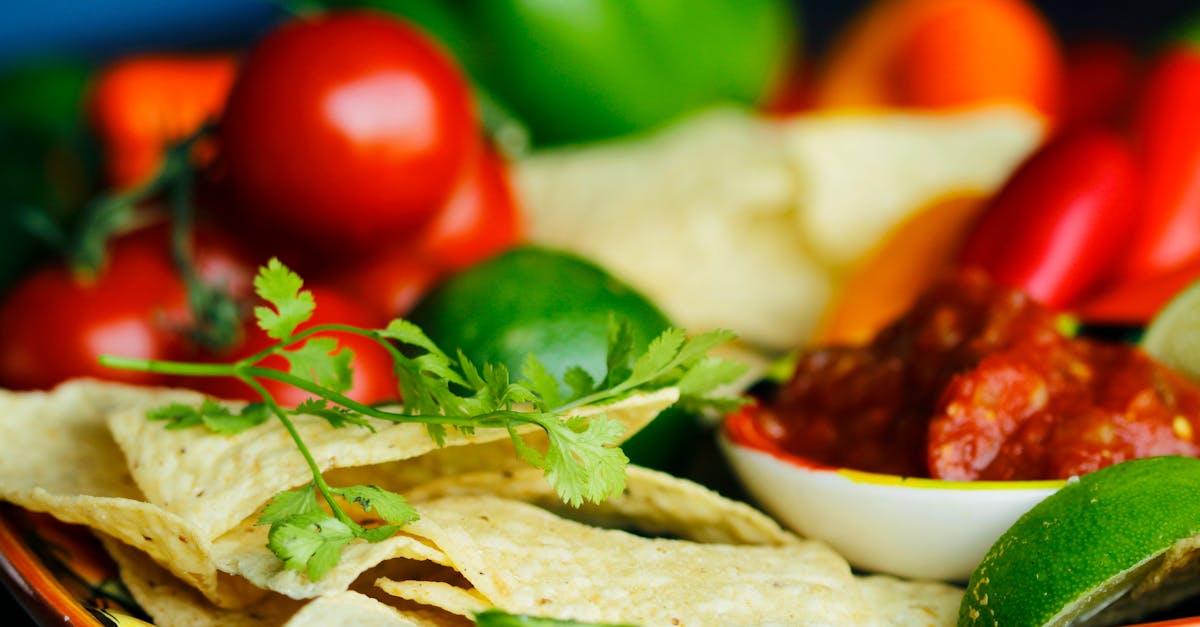We’ve always been fascinated by ptitim, that delightful Israeli pasta often called pearl couscous. Originating in the 1950s as a creative rice substitute, it’s a staple that brings comforting textures and flavors to any table.
In our kitchen experiments, we’ve found ptitim incredibly versatile—perfect for quick meals or hearty sides. Whether you’re new to this Middle Eastern gem or a longtime fan, let’s dive into a simple recipe that’ll have you craving more.
This easy ptitim recipe highlights its nutty taste and fluffy bite, making it a go-to for busy weeknights.
Ingredients
We believe that the heart of any great ptitim recipe lies in its fresh, high-quality ingredients, which bring out the nutty flavor and fluffy texture of this Israeli pearl couscous staple. Below, we’ve listed them in the order we use them, with prep specifics for accuracy and ease.
- Olive oil: 2 tablespoons, for sautéing to add a rich base flavor.
- Onion: 1 medium, finely chopped, to start building aromatic layers.
- Garlic: 3 cloves, minced, for enhancing the savory depth right after the onion.
- Ptitim (pearl couscous): 1 cup, uncooked, rinsed under cold water to remove excess starch and ensure even cooking.
- Vegetable broth: 2 cups, low-sodium, heated to a simmer before adding for optimal absorption and flavor infusion.
- Bell pepper: 1 large, diced, added for a colorful, sweet crunch.
- Tomatoes: 2 medium, chopped, to introduce juicy acidity and freshness.
- Spices: 1 teaspoon ground cumin and ½ teaspoon salt, combined and stirred in for a warm, authentic Israeli twist.
- Fresh herbs: ¼ cup chopped parsley, added at the end for a bright, herbaceous finish.
Instructions
Now that we have gathered our fresh ingredients, we guide you through the simple steps to create a flavorful ptitim dish that highlights its nutty essence and fluffy texture.
Prep
Before we begin cooking, let’s prepare our components for efficiency. First, finely chop 1 medium onion and 2 garlic cloves to release their aromatic flavors. Next, dice 1 bell pepper and 2 ripe tomatoes into uniform ½-inch pieces for even cooking. Measure out 2 cups of uncooked ptitim and set aside 4 cups of low-sodium vegetable broth to ensure the grains absorb moisture perfectly. Gather your spices—such as 1 teaspoon of ground cumin and ½ teaspoon of paprika—and chop a handful of fresh herbs like parsley or cilantro for a burst of vibrancy.
Cook
With our ingredients prepped, we move to the stovetop to build layers of flavor. Heat 2 tablespoons of olive oil in a large skillet over medium heat then add the chopped onion and garlic. Sauté for 3-4 minutes until they turn golden and fragrant, stirring occasionally to prevent sticking. Add the uncooked ptitim to the skillet and toast for 2 minutes, allowing the grains to develop a deeper nutty taste. Pour in the vegetable broth along with the diced bell pepper, tomatoes, cumin, and paprika then bring the mixture to a boil. Reduce the heat to low, cover, and simmer for 10-12 minutes until the ptitim is tender and the liquid is absorbed, checking halfway through to stir and adjust seasoning if needed.
Assemble
Once cooked, we bring everything together for a cohesive dish. Remove the skillet from heat and gently fluff the ptitim with a fork to maintain its fluffy texture. Stir in the fresh herbs for a pop of color and freshness, ensuring they are evenly distributed. Let the dish rest for 2 minutes to allow flavors to meld then serve immediately as a hearty side or main course, garnishing with extra herbs if desired for an elevated presentation.
Conclusion
We’re thrilled you’ve explored ptitim with us. It’s a simple yet flavorful staple that adds a touch of Israeli tradition to any meal.
By incorporating fresh ingredients and easy steps, you’ll discover how ptitim elevates everyday cooking.
Give this recipe a try and make it your own—we’re confident it’ll become a go-to in your kitchen.
Frequently Asked Questions
What is ptitim?
Ptitim, also known as pearl couscous, is a small, round pasta that originated in Israel in the 1950s as a rice substitute. It’s versatile, with a nutty flavor and fluffy texture, making it perfect for quick meals, sides, or hearty dishes. Unlike traditional couscous, it’s toasted for added depth.
Where did ptitim originate?
Ptitim was invented in Israel during the 1950s to address rice shortages, created by a food company as an affordable alternative. It quickly became a staple in Israeli cuisine and has since gained popularity worldwide for its ease of preparation and adaptability.
How can I use ptitim in the kitchen?
Ptitim is incredibly versatile for both quick meals and sides. Use it in salads, stir-fries, or as a base for stews. Its fluffy texture absorbs flavors well, making it ideal for busy weeknights—just sauté with veggies, toast it, and simmer in broth for a nutritious dish.
What are the key ingredients for this ptitim recipe?
The recipe calls for olive oil, onion, garlic, uncooked ptitim, low-sodium vegetable broth, bell pepper, tomatoes, spices, and fresh herbs. These fresh, high-quality ingredients enhance flavor and texture, creating a balanced, nutritious meal that’s simple to prepare.
How do I prepare ptitim according to the article?
Start by chopping onion, garlic, bell pepper, and tomatoes. Sauté onion and garlic in olive oil, add ptitim to toast, then simmer with broth and veggies. Fluff after cooking, mix in herbs, and let it rest. The whole process takes about 20-30 minutes for a flavorful, hearty result.
Is ptitim suitable for busy weeknights?
Yes, ptitim is perfect for busy weeknights due to its quick cooking time and simple preparation. It toasts and simmers in under 30 minutes, offering a nutritious, satisfying meal with minimal effort. Pair it with fresh ingredients for a wholesome dinner that’s both tasty and easy to customize.

